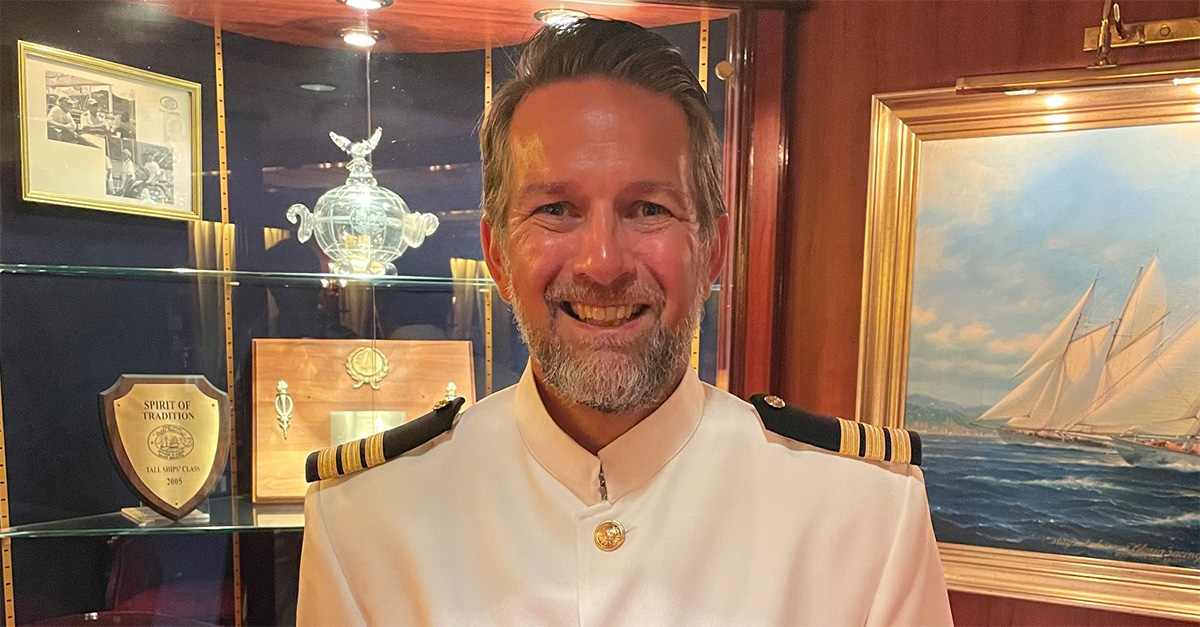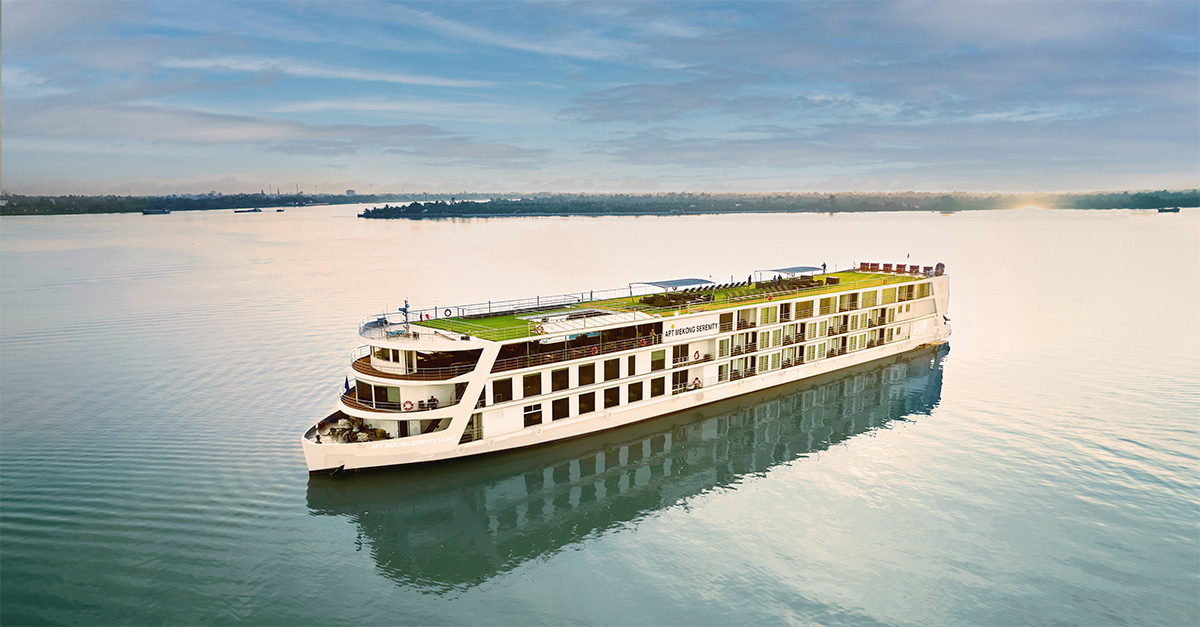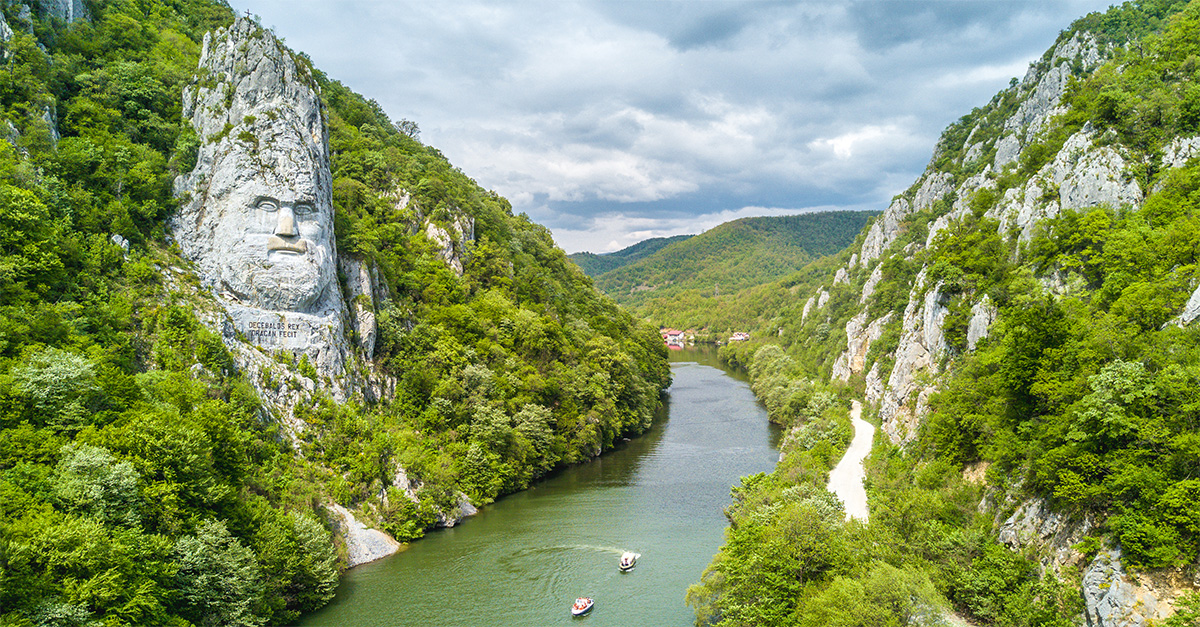In the second of a series of features sponsored by the Bulgarian Tourist Board, we take a look at the Russe region
Innovation, cultural traditions and free spirit – three elements which form the essence of the Bulgarian town of Russe.
The town is often referred to as Little Vienna because of its impressive architecture and location on the banks of the Danube. And the very first steps you make will lead you back in time and immerse you into its ancient history, dating back 5,000 years.
From Romans to the Harbour of Innovation
Visitors who would like to experience the authentic atmosphere of medieval Russe should not miss the opportunity to visit the remains of the Roman fortress in the town. It used to be part of the Roman limes – the borders of the empire – and its Roman name, Sexaginta Prista, translates as the city of 60 ships.
If you’re handy with your smartphone, then you can even download a special app which provides a virtual guide to the limes and important Roman sights from Germany and Austria to Bulgaria.
The LIMES-Mobile app even allows you to look through the camera of your phone to see a reconstructed reality including a cohort of Roman soldiers and Sexaginta Prista rising on the Russe banks of the Danube.
Closer to the present day, Russe was also a centre of the Bulgarian National Revival movement. Some of its most prominent ideologists and participants once lived and now rest here, and the Pantheon of National Revival Heroes acknowledges their sacrifice.
The jewel in the monumental crown of Russe is the Monument of Liberty, which has become the symbol of the town.
The centre of Russe offers a fascinating experience, with a necklace of buildings in the Baroque style which bear the spirit of the big medieval castles of Western Europe.
The Dohodno Zdanie stands out amongst them. This enchanting building, built more than a century ago, impresses with its magnificent façade and the seven exquisite figures on the roof, which personify art, science, agriculture, crafts, trade, defense and the free flight of spirit.
Along with its natural and architectural sights, Russe is also the Bulgarian harbour of innovation. It was here that the first railway station in Bulgaria was built, the first modern printing house was opened and the first newspaper was printed. Also, the town hosted the first film screening in the country and it has been the residence of a number of consulates.
Natural wonders

 If your clients are lovers of wild nature, Rusenski Lom Natural Park (pictured right) is a must. Here, several important historical and cultural monuments have been preserved from the ravages of time.
If your clients are lovers of wild nature, Rusenski Lom Natural Park (pictured right) is a must. Here, several important historical and cultural monuments have been preserved from the ravages of time.
Among them are the remains of the medieval town of Cherven (pictured top) – one of the biggest military, economic and cultural centres of the Second Bulgarian Kingdom. The rock-hewn Churches of Ivanovo (pictured above) are also here – a site included in the Unesco World Heritage List.
Your clients will also not be disappointed if they visit the Russe Historical Museum, where the silver Thracian treasure from the time of the Odrysian king Cotys I is kept. The elegant shapes of the vessels testify to the skillfulness of the Thracians in processing gold and silver.
Along with their rich historical heritage, Russe, Ivanovo and Borovo host a lot of intriguing cultural events – the Russe Carnival, the March Music Days festival, the Autumn Days of Art and Culture, the folklore festival From the Danube to the Balkan, the Children of the Polomie holiday amongst others.
Every year a tourism exhibition called Weekend Tourism is organized in Russe. Part of its programme is the attractive Festival of Tourist Entertainment and Animation. The cultural calendar of the town is full of dozens of other events, organised in support of its candidacy for European Capital of Culture 2019.




